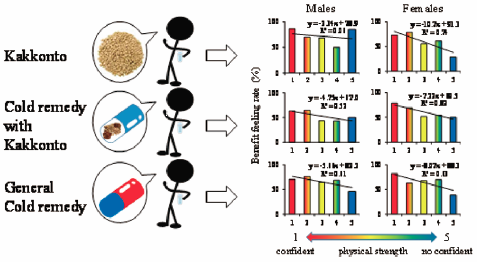-
Mitsuyoshi Okita
Josai University Pharmacy
-
Yuki Yayoshi
Department of Analytical Pharmaceutics and Informatics, Faculty of Pharmacy and Pharmaceutical Sciences, Josai University
-
Kousuke Ohara
Laboratory of Drug Metabolism, Faculty of Pharmaceutical Sciences, Josai International University
-
Akio Negishi
Department of Analytical Pharmaceutics and Informatics, Faculty of Pharmacy and Pharmaceutical Sciences, Josai University
-
Hayato Akimoto
Department of Analytical Pharmaceutics and Informatics, Faculty of Pharmacy and Pharmaceutical Sciences, Josai University
-
Naoko Inoue
Josai University Pharmacy Laboratory of Pharmacy Management, Faculty of Pharmacy and Pharmaceutical Sciences, Josai University
-
Sachihiko Numajiri
Laboratory of Pharmacy Management, Faculty of Pharmacy and Pharmaceutical Sciences, Josai University
-
Shigeru Ohshima
Josai University Pharmacy Laboratory of Pharmacy Management, Faculty of Pharmacy and Pharmaceutical Sciences, Josai University
-
Seiichi Honma
Onko-Do Kampo Akebono Yakkyoku Co., Ltd.
-
Shinji Oshima
Department of Analytical Pharmaceutics and Informatics, Faculty of Pharmacy and Pharmaceutical Sciences, Josai University
-
Daisuke Kobayashi
責任著者
Josai University Pharmacy Department of Analytical Pharmaceutics and Informatics, Faculty of Pharmacy and Pharmaceutical Sciences, Josai University
電子付録
2017 年 40 巻 10 号 p. 1730-1738
- Published: 2017/10/01 Received: 2017/04/22 Released on J-STAGE: 2017/10/01 Accepted: 2017/07/22 Advance online publication: 2017/08/04 Revised: -
(EndNote、Reference Manager、ProCite、RefWorksとの互換性あり)
(BibDesk、LaTeXとの互換性あり)



